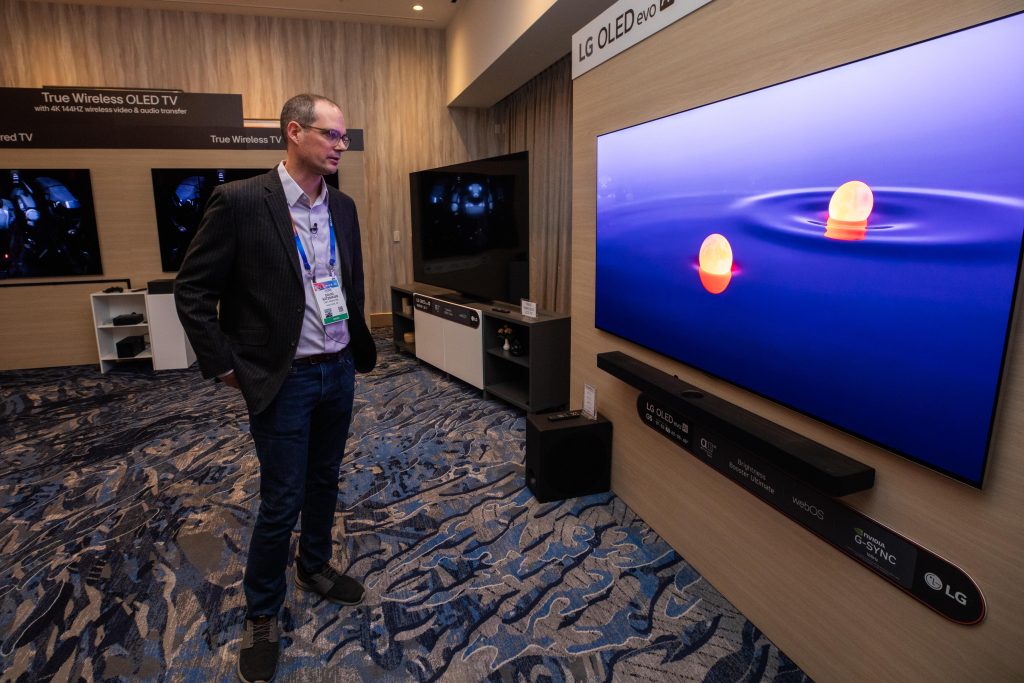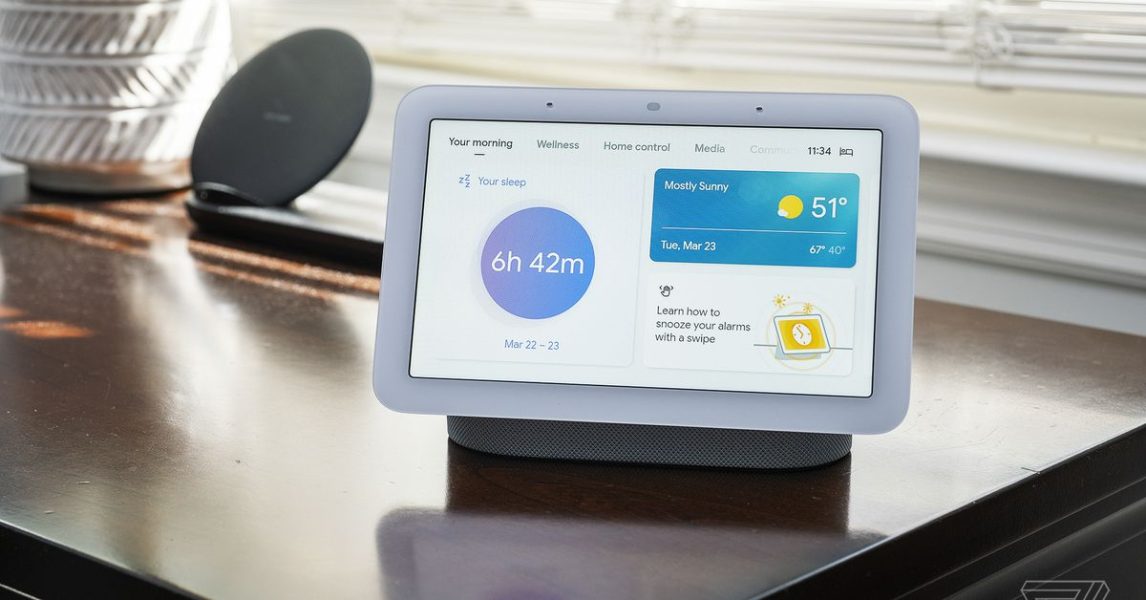Best TVs of CES 2025: Huge Screens and OLEDs That Literally Suck – CNET

The Super Bowl of TVs kicks off the year with bigger, brighter and more innovative televisions than ever.It’s the most wonderful time of the year for people like me who like big screens. I’ve spent the last few days in Las Vegas taking in all of the newest TVs from LG — this is their private demo suite and I’m checking out the new G5 OLED — as well as Samsung, TCL, Hisense and a company called Displace TV. Here are my favorites so far.I’m going to start with something completely different. This is the Displace TV Pro, a 55-inch OLED that hangs on the wall with suction cups. I stuck it up on this wall myself and it actually worked. And it better, because it costs nearly $6,000. Beyond its suction tech, the TV is completely wireless, powered by batteries and packed with other design tweaks, all aimed to make it portable around the house and beyond.Displace also makes a smaller, cheaper model, starting at $1,499. This 27-inch OLED lacks suction cups but is otherwise very similar to its big brother, complete with pop-out legs and built-in tote-friendly handles. These TVs are available for preorder now and should ship this spring.OLED has the best picture quality of any display tech, and of all the OLED TVs I’ve seen at CES 2025, the LG G5 looks better than the others. I’ll have to wait until we can review it to know for sure, but initial signs are promising. LG says it’s 40% brighter than last year’s G4, which was one of the best TVs I’ve ever tested. And the company has changed its display tech to improve bright-room contrast.My favorite TV of 2024 was the S95D, Samsung’s so-called glare-free OLED TV. The key is its screen finish, which was excellent at reducing distracting reflections in bright rooms. This year Samsung says it has improved the screen finish, and it also added an 83-inch size. I predict that the battle for the best TV picture quality of 2025 will come down to this model and the LG G5.This TV was technically announced at CES 2024 and actually went on sale at the end of the year, but it’s worth a mention here mainly because it’s so cool. The see-through screen reveals what’s behind it, or you can summon a black film that rolls up to turn it into a more standard-looking OLED TV. One small thing: the 77-inch Transparent OLED costs $60,000.Never one to be outdone by LG, Samsung has its own transparent display. This one is just a concept, so it’s not for sale (yet), and it was also announced last year. MicroLED is usually brighter then OLED as well.And not to be outdone by Displace, LG showed off its own concept for a portable battery-powered TV. The StandByMe 2 is a 27-inch model with a bunch of accessories, including a strap and a screen cover that doubles as a stand, making it similar to a huge iPad. Reinforcing that comparison is a touch-sensitive screen.Samsung’s popular The Frame TVs have always offered an art store, allowing owners to buy fine art from museums, galleries and other partners (as well as access free paintings and photography). For the first time it’s available on non-Frame models, including the Neo QLED Mini-LED televisions.Moving from concepts and high art to an actual TV you can buy now, the QM6K is an early favorite for best image quality for the money this year. In person it looked as bright as I’d expect from a newer version of the excellent QM8, although the matte screen finish seemed different from that TV. I’ll have to wait till I test it in the lab to be sure, a test that should happen fairly soon, since the TV is shipping shortly. The 65-inch size costs $1,000, placing it squarely in the midrange, and the 98-inch behemoth here costs $3,500.Did I say behemoth? This isn’t TCL’s first 115-inch TV rodeo, but judging from its new Mini-LED tech, this QM7 could outperform last year’s version. That TV costs $20,000. TCL hasn’t revealed pricing or any other details about this one.TCL competitor Hisense always goes huge at CES and 2025 is no different. Unlike traditional LCD TVs, which normally use a white backlight and colored pixels, the 116UX uses an RGB backlight housed in an optical lens. The company says this technology leads to better colors — with 95% of the BT.2020 color space — and over a third less blue light transmission.I saved the biggest for last. The Hisense 136MX is a 136-inch MicroLED TV that could provide some competition to Samsung and other established MicroLED brands. Unlike LCD displays, MicroLED uses LEDs for every one of its pixels. To improve performance in lit rooms, the screen uses black nanocrystals to reduce reflectivity. Proponents of MicroLED say it’s immune to burn-in, unlike OLED, but the downside is that it is also more expensive to produce. Pricing was not announced, like most TVs at CES, but this Hisense will be extremely expensive — if perhaps not quite as much as Samsung’s The Wall.
Source: https://www.cnet.com/pictures/best-tvs-of-ces-2025-huge-screens-and-oleds-that-literally-suck/



